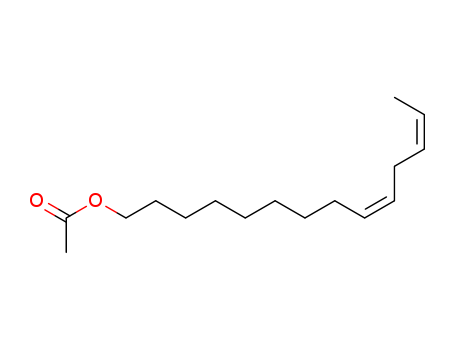Multi-step reaction with 6 steps
1.1: sodium hydride / tetrahydrofuran; mineral oil / 20 °C / Inert atmosphere; Schlenk technique
1.2: 2 h / 0 °C / Inert atmosphere; Schlenk technique
2.1: oxalyl dichloride; dimethyl sulfoxide / dichloromethane / 2 h / -78 °C / Inert atmosphere; Schlenk technique
2.2: 20 °C / Inert atmosphere; Schlenk technique
3.1: n-butyllithium / tetrahydrofuran; hexane / 0 - 20 °C / Inert atmosphere; Schlenk technique
3.2: 0.25 h / -78 °C / Inert atmosphere; Schlenk technique
3.3: -78 - 20 °C / Inert atmosphere; Schlenk technique
4.1: tetrabutyl ammonium fluoride / tetrahydrofuran / 1 h / 0 °C / Inert atmosphere; Schlenk technique
5.1: triethylamine; dmap / dichloromethane / 0 - 20 °C / Inert atmosphere; Schlenk technique
6.1: zinc; zinc(II) iodide; 1,3-bis[(diphenylphosphino)propane]dichloronickel(II); diphenylphosphane / dichloromethane / 8 h / -15 °C / Inert atmosphere; Schlenk technique
With
dmap; n-butyllithium; oxalyl dichloride; 1,3-bis[(diphenylphosphino)propane]dichloronickel(II); tetrabutyl ammonium fluoride; sodium hydride; dimethyl sulfoxide; triethylamine; diphenylphosphane; zinc(II) iodide; zinc;
In
tetrahydrofuran; hexane; dichloromethane; mineral oil;
2.1: |Swern Oxidation / 2.2: |Swern Oxidation / 3.1: |Wittig Olefination / 3.2: |Wittig Olefination / 3.3: |Wittig Olefination;
DOI:10.1021/acs.orglett.5b01230





